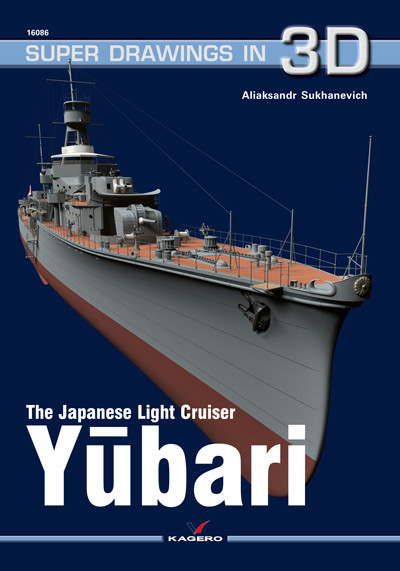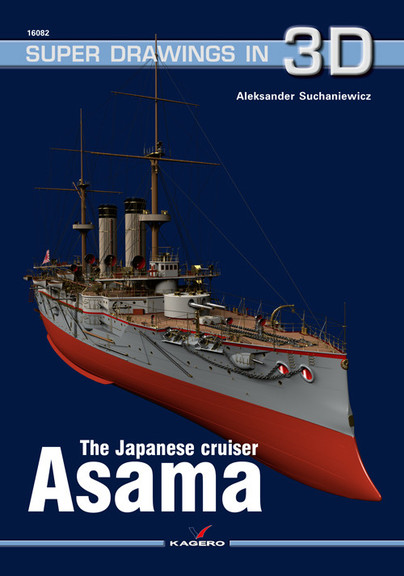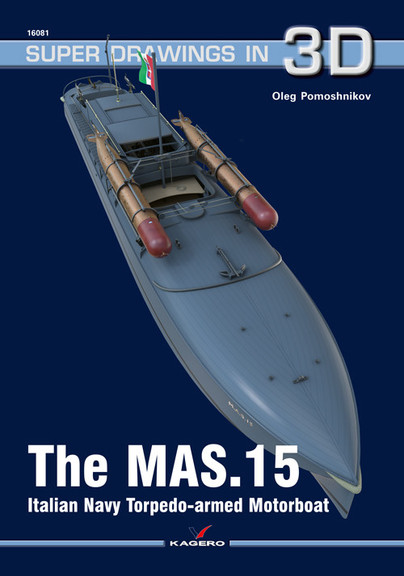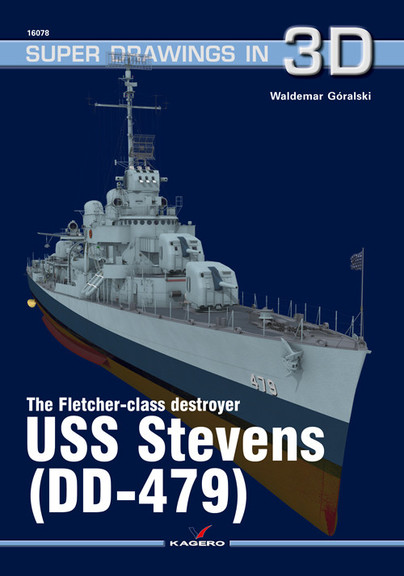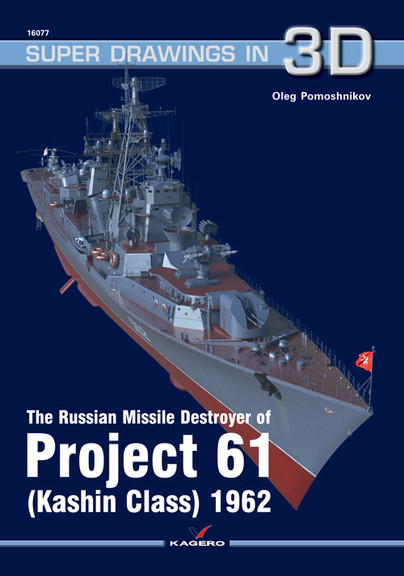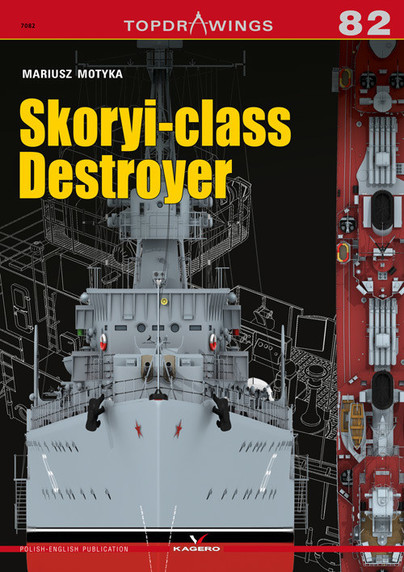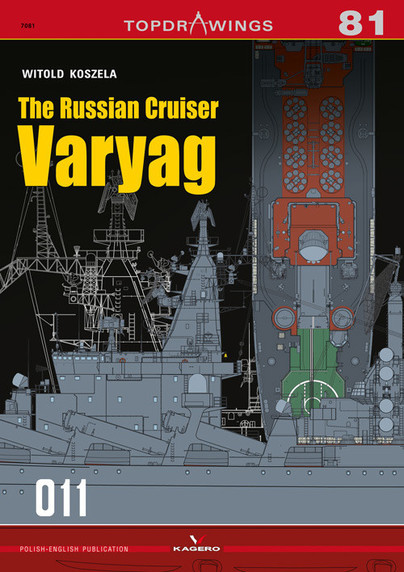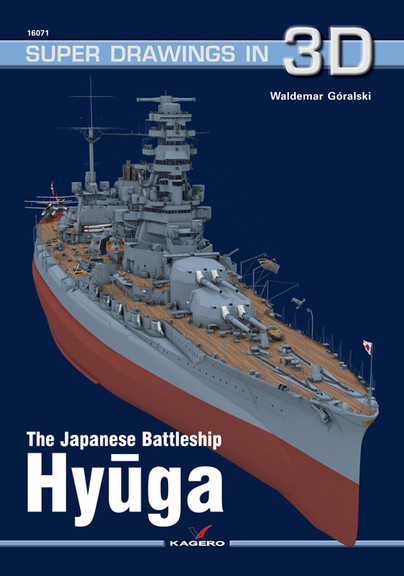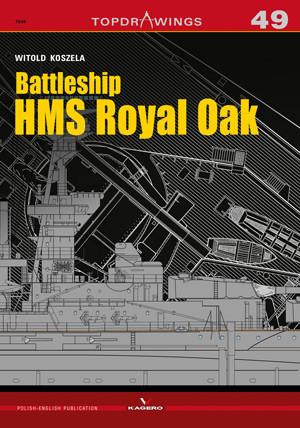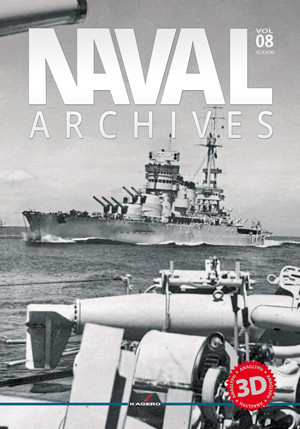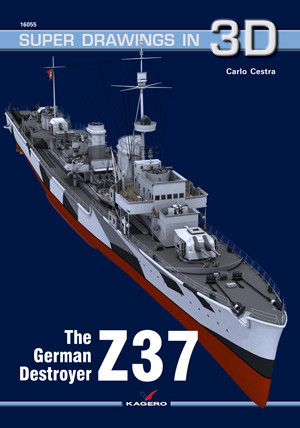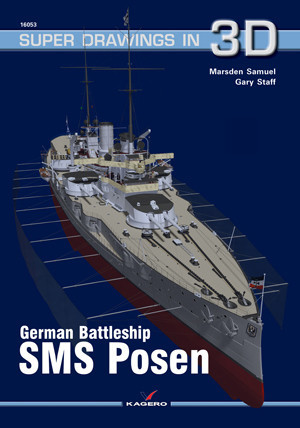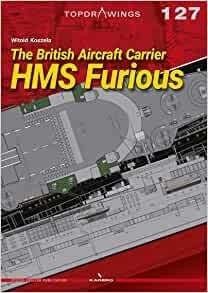
Format: Paperback
Pages: 24
ISBN: 9788366673885
Pub Date: 28 May 2022
Imprint: Kagero
Series: Top Drawings
Illustrations: drawings sheets; colour profiles
Description:
The British Airship Carrier HMS Furious is one of the most unusual units of the Second World War. The ship was designed during the previous conflict as a „great light cruiser” with 457mm guns, but far-reaching changes were made during construction. Furious entered service in June 1917 as aircraft cruiser with a large aircraft deck in the bow and a single turret with a gun of the mentioned caliber in the stern.

